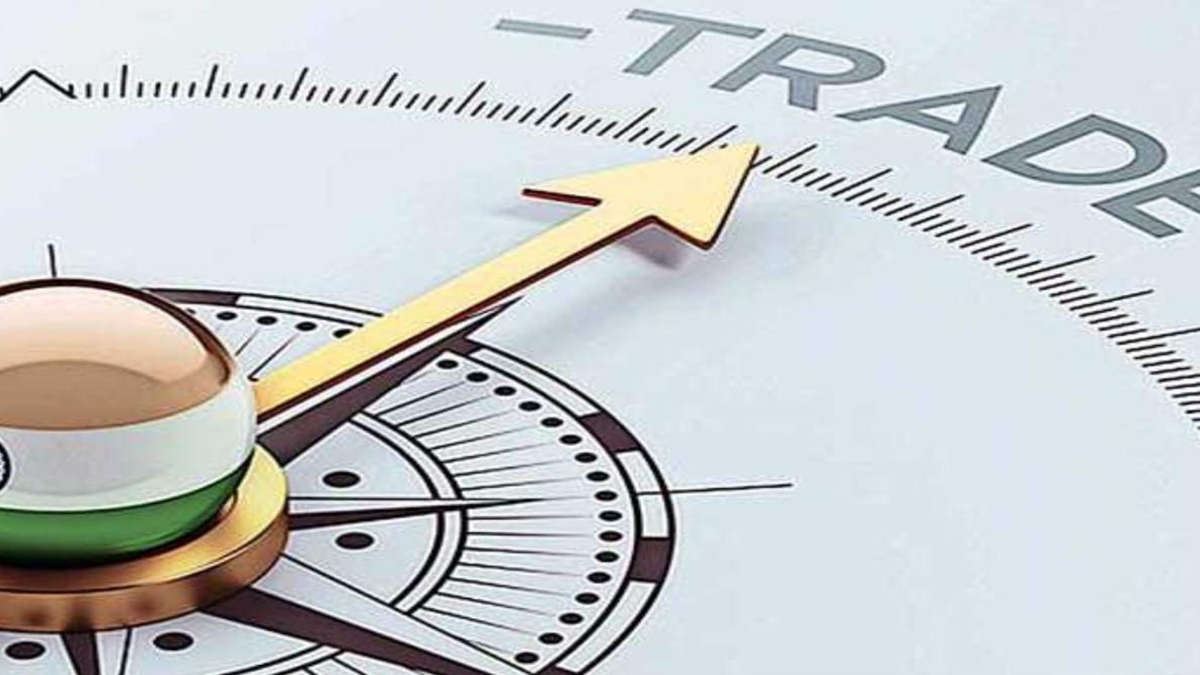In recent times, the Government of India has undertaken several measures to improve export performance and attract FDI into the country. For the first time ever, in FY 2021-22, exports from India reached US$ 421 billion. This can be attributed to schemes such as Production-Linked Incentive Schemes (PLI) to boost domestic manufacturing, implementation of trade agreements and introduction of RoDTEP (Refund of Duties and Taxes on Exported Products) scheme for exports, among others. In the same period, India also received highest annual FDI inflow of US$ 83.57 billion. These positive developments raise optimism of economic recovery beginning to gain momentum post Covid pandemic. However, it is also important to highlight that in 2021–22 imports too surged to US$ 612.6 billion, leading to a trade deficit of US$ 191 billion.
There is a dichotomy that underlines India’s policymaking process, especially when it comes to trade and FDI. While there are ample measures taken to boost exports and FDI, there have been several import restrictive measures being applied to reduce import flows and thereby reduce the trade deficit.
As India strives to be a world leader and aspires to achieve a US$ 5 trillion economy, the dichotomy of its trade and FDI policy needs re-thinking and re-working.
FOCUS OF TRADE POLICY IS ON EXPORTS PROMOTION
The broad focus of India’s trade policies has been on increasing exports, which is supplemented by a combination of policy measures comprising fiscal incentives, export promotion schemes, institutional changes, streamlining of procedures, improved market access and diversification of export markets. Despite India’s focus on increasing exports, trade policy has often also been used “as a means to regulate domestic supply and to address short-term objectives such as containing inflation and fluctuations in commodity prices”, as WTO Trade Policy Review 2015 put it. For instance, in May 2022, the government banned wheat exports on grounds of concerns of domestic food security. Trade policymakers in recent times have also been concerned about the rising trade deficit and have often introduced stricter forms of trade protectionism. Data from World Bank suggests that simple MFN tariffs for all products have risen from 12.5% in 2010 to 14.6% in 2020. Frequent changes to trade policy and rising protectionism are disruptive, as they reduce predictability and create uncertainty for the industry players and adversely affect the long-term strategic development.
FOCUS OF INVESTMENT POLICY IS ON FDI PROMOTION
The broad focus of India’s foreign investment policy has been on attracting inward flows of FDI, particularly in the manufacturing sector. The government has established a favorable environment for FDI by reducing restrictions on foreign equity investments, expanding the number of sectors in which foreign investment is allowed, lowering sectoral restrictions, liberalizing foreign exchange regulations providing incentives, launching programmes (such as ‘Make in India’) to boost the manufacturing sector and simplifying procedural requirements. These policy initiatives have resulted in significant improvement in India’s Ease of Doing Business rankings from a rank of 142 in 2014 to 63 in 2020.
THE POLICY DILEMMA
The basic policy issue facing India today is not, primarily, one of more or less trade liberalization, but it is about how best the country can integrate the FDI liberalization such that its international trade participation promotes economic development. While the liberalization of trade and FDI policies has been successful in increasing trade flows and investment into the country, there is a lack of coherence between these two policies.
First, in terms of institutional framework, the evolution and formulation of rules and regulations governing both trade and FDI policies have remained disjointed, with limited evidence of coordination. A more inclusive and cohesive procedure must be adopted to formulate complementary rules and regulations that are mutually reinforcing in support of India’s growth and development.
Second, India’s trade policy should not be viewed merely as an export promotion tool. In a globalized world, trade is no more a zero-sum game. Exports and imports are intrinsically interdependent, and any policy measure that reduces one will also reduce the other. In addition, with the advent of FDI and multinational corporations, trade and FDI have simply become two complementary ways of servicing foreign markets and are interlinked in a variety of ways. Thus, any policy impacting the flow of trade will have an impact on FDI as well.
Third, there is a stark contrast in the objectives and implementation of the trade and FDI policies. India, on the one hand, has been implementing policies aimed at attracting investments from across the globe and strengthening its domestic industry. It has, on the other hand, been implementing trade protectionist measures that have often resulted in restricting imports to shield its industries. The former objective cannot be attained without liberalizing the trade policy, and this includes both exports and imports.
In a globalized world, if an MNC invests and sets up its operations in India, it is bound to engage in both exports and imports. As India’s manufacturing sector is still at a nascent stage in terms of technological advancement, the MNC may choose to import raw materials or intermediate goods and parts that may be necessary to manufacture products. In fact, around 80% of global trade takes place in ‘value chains’ linked to MNCs and is intra-industry in nature. Needless to say, in order to make the most of FDI, we need complementary trade policies that support linkages and spillovers and foster integration with global value chains.
India needs to recognize the significance of investment liberalization and its inseparable connection with trade liberalization. The sooner the policy dilemma of trade protectionism and investment liberalization is resolved, the faster India will make its way towards achieving its vision of becoming a major player in the global economy. It is proposed that liberalization of trade and investment should be undertaken in a holistic and complementary manner that bolsters, and not refutes, the openness that has until now been a distinguishing feature of India’s trade expansion and its integration into global markets.
Samridhi Bimal is a Trade Economist.
The basic policy issue facing India today is not, primarily, one of more or less trade liberalization, but it is about how best the country can integrate the FDI liberalization such that its international trade participation promotes economic development. While the liberalization of trade and FDI policies has been successful in increasing trade flows and investment into the country, there is a lack of coherence between these two policies.










